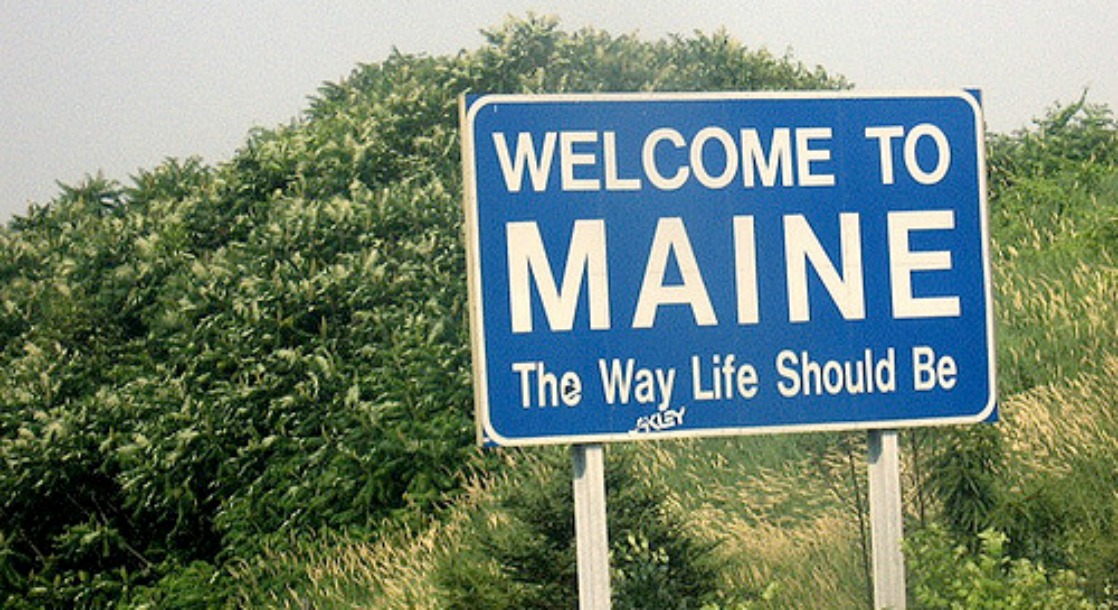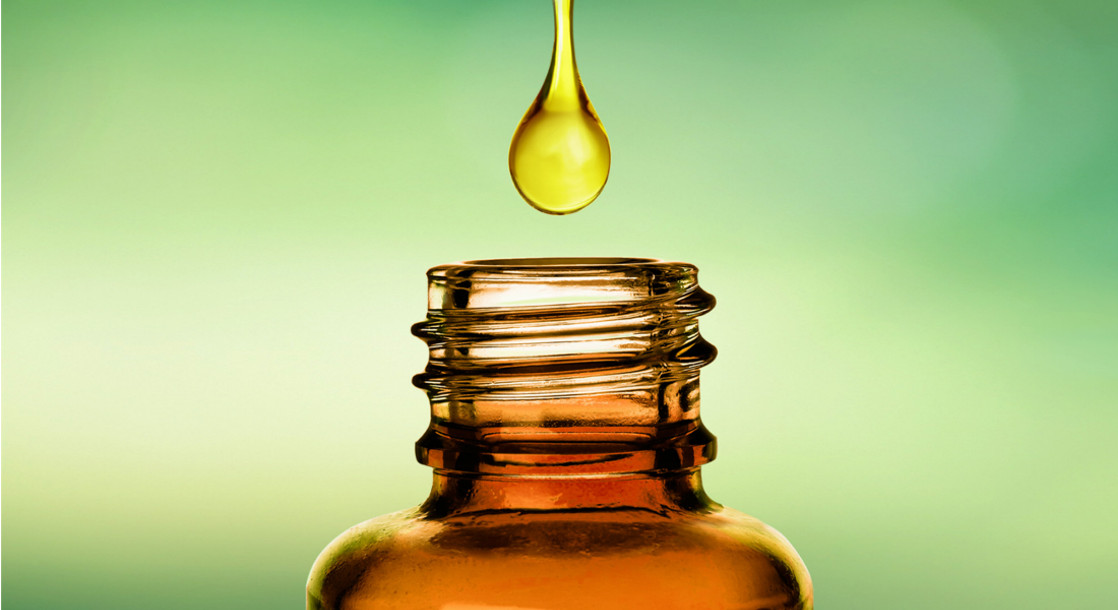Lead image by Mira Gonzalez. All photos courtesy of the author
This article is an op-ed written by Chris Conrad, an internationally-respected author, expert and consultant on industrial hemp, cultivation, medical marijuana, and personal and religious use of cannabis. He worked as an expert witness in over 2,500 state, military, and federal courts cases. For more on his work, visit his website here
Legalizing adult-use cannabis may turn out to be the best — if not the only — way to save medical marijuana (MMJ) as we know it. I don’t say that lightly; this is the harsh reality of our national health care and criminal justice systems.
On the financial side of medical marijuana programs at the state level, we hear complaints about taxes and fees; for-profit retailers replacing non-profit medical cannabis collectives; and small growers’ profits dropping while prices remain high. In California, this was all happening before legalization. A year before Proposition 64 — the state’s ballot measure to legalize adult-use marijuana — was passed by voters, there was already a glut on the cannabis market, and the state legislature voted to end the “collective defense” for non-profit pot providers, add fees and taxes to the supply chain, and issue very restrictive business licenses.
On the therapeutic side of medical marijuana, patients complain about insufficient quantity and potency, while physicians lament that after full legalization kicked in, many former patients no longer seek their approval and advice on dosage and treatment — or inquire about its effect on other medications and therapies. These concerns among patients and doctors should seemingly address one another: If they require a physician’s oversight and appropriate guidance, patients should be able to receive stronger dosages, tax breaks, and bulk prices on larger quantities of cannabis.
So, why do we need adult-use legalization to save medical marijuana? When we say “save,” we don’t mean protecting the legal MMJ markets now operating in various states, but rather the freedom for individuals to experiment with and access cannabis for medicinal and wellness-focused purposes.
The reasons are compound: They include the strictures of government regulations and medical orthodoxy, the urgent need of many patients, the complexity of matching a specific cannabis variety and usage to a particular ailment, the lasting social stigma around cannabis, and entrenched layers of jurisdictional, political, and financial interests.
As it turns out, one of those financial interests has been the traditional underground marketplace that so ably provided medical marijuana in its unregulated and untaxed years. That is why some Californians bemoan, “Adult-use is killing medical marijuana.” Adult-use became legal just as the freewheeling days of the medical marijuana “wild west” were ending. Add to that initiatives requiring local control of the cannabis industry, NIMBYism, bad timing, plus an assortment of unfortunate coincidences, and one can easily understand why people may blame the regulations of adult-use cannabis legalization for the problems of medical access to marijuana.
But this is not the full story. Although there are concerns of state-legal MMJ programs and retailers being edged out by adult-use shops, consumers using cannabis for medical ailments shouldn’t worry. Adult-use legalization offers users more freedom in product variety and dosages than increasingly restrictive medical programs, and with fewer potential legal problems. Plus, adult-use cannabis will eventually become less expensive as the market expands and competition grows, while the cost of state or federally-legal “medical marijuana” will likely rise due to the expensive research and regulation necessary for pharmaceutical-level controls and approval.

Above: A 2004 civil disobedience protest in Sacramento against federal arrests of medical marijuana providers. Photo courtesy of the author
The First Hurdle: Federal Law
When the federal Controlled Substances Act (CSA) passed in 1970, cannabis should have been grandfathered in like other traditional botanicals. Instead, it was put in the most forbidden drug schedule, and its fate was handed to the Drug Enforcement Administration. However, Federal Administrative Law Judge Francis Young ruled in September 1988 — as an article of fact, not opinion — that “cannabis, in its natural form, is one of the safest therapeutically active substances known to man.”
Now, over three decades later, 30 states have adopted some form of a medical use law, clinical research validates observational studies, and legislators are asking for cannabis to be descheduled.
Yet, the DEA still lists cannabis as a Schedule I substance, meaning a high-risk drug with no medical value, despite all evidence pointing to the contrary. Courts have said they can take as long as they want to reschedule, the CSA-DEA-NIDA-FDA quagmire has blocked research and access, and on top of that, the DEA is under the control of Attorney General Jeff Sessions, who’s notorious for his adamant resistance to drug reform.
Those are big problems for medical marijuana and patients who depend on it.
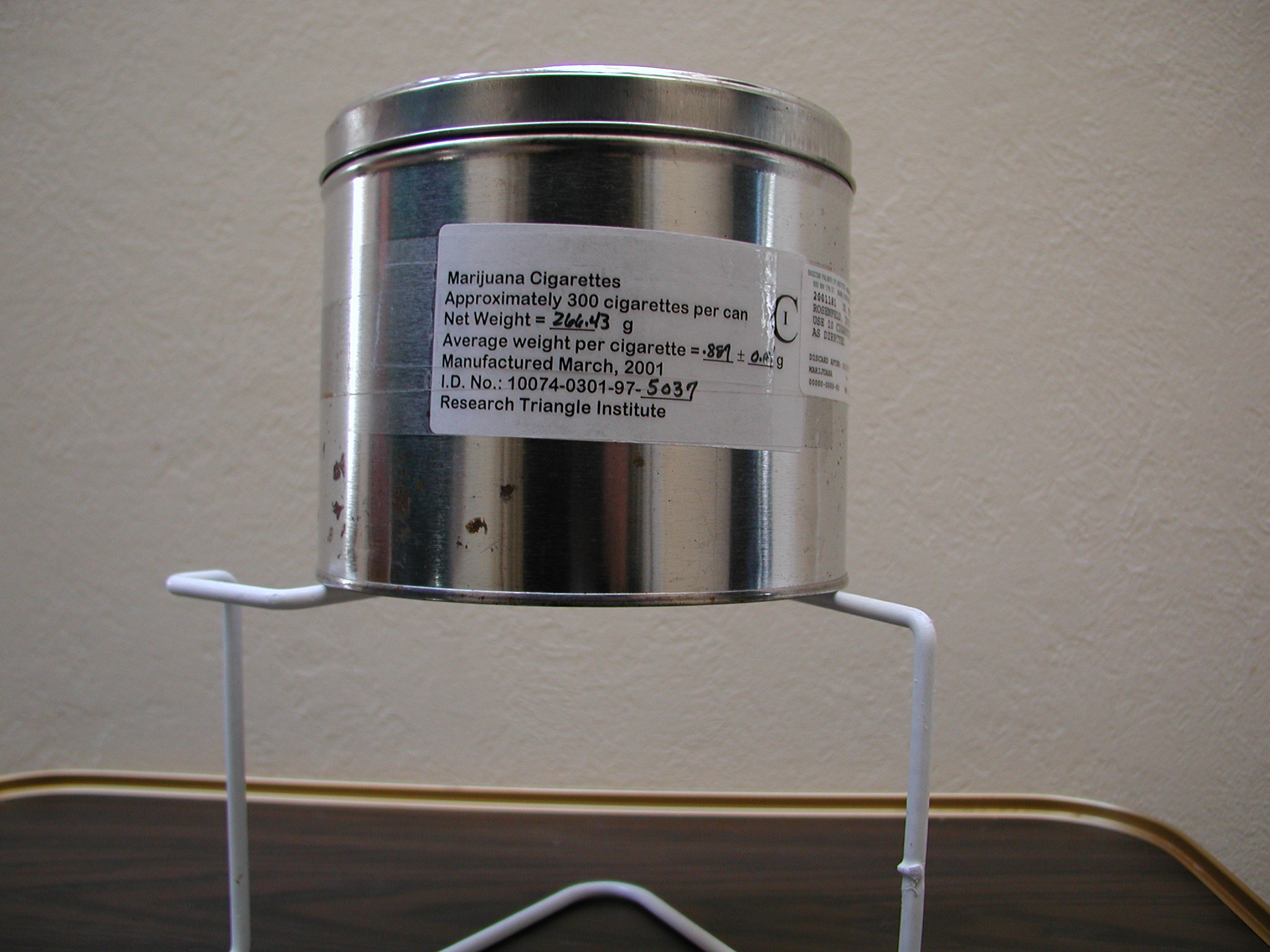
Above: A can of federally-grown medical marijuana. Access to new patients was cut off in 1991. Photo courtesy of the author
Big Pharma’s Chokehold On U.S. Healthcare
Unlike Canada, which has legal medical marijuana as part of its national health care program — not to mention nationwide recreational legalization, beginning in October — the U.S. has a profit-driven approach to human health. Once the DEA and U.S Food and Drug Administration (FDA) approve a drug, marketing kicks in.
Much has been written about the corrupt stranglehold the pharmaceutical industry has had on federal regulators since the early 20th century. [Editor’s Note: Nicolas Rasmussen’s 2009 book On Speed provides a detailed history of this sinister symbiosis]. Drug companies patent and trademark their products to reap decades of profits. Doctors are permitted to prescribe such drugs, consisting of single or multi-molecule compounds plus inert ingredients.
Hence, the DEA allows synthetic opioid derivatives but not opium, and Marinol (synthetic THC) but not marijuana. The National Institute on Drug Abuse (NIDA) recently approved research on the natural compound psilocybin, not on the “magic mushrooms” that contain it. It’s easier to get permission to work with MDMA and LSD than marijuana. Just ask MAPS, the premier organization for psychedelic therapy research.
Furthermore, once a plant is entombed in the upper tiers of the CSA schedule, NIDA has to sign off on all subsequent research. Not to mention, only studies using cannabis cultivated at the University of Mississippi — a federal marijuana research monopoly — are usually accepted.
As a result of orthodox medicine being based in the analysis of single molecules, many patients — particularly those raised using Western medicine — have been instilled with that bias, and feel more comfortable with a pill, shot, or inhaler than a smoke, dab, or brownie.
Enter GW Pharmaceuticals’ Epidiolex, the first plant-based cannabis medicine to win federal approval, precisely because its products fit today’s medical regime. Epidiolex provides a measured dose of natural CBD that is projected to cost patients around $32,500 per year without insurance coverage. (Full disclosure: I own a tiny amount of GW stock.)
On the horizon is GW’s Sativex, combining THC and CBD, which also will cost tens of thousands of dollars per year. Once available, who will get access to pharma-cannabis products, for what applications, and how much of the cost will insurance cover?
No, pharma-cannabis will never meet the subtle and varied budgets, tastes, and needs of millions of people who rely on the traditional cannabis supply chain. And the FDA simply is not going to approve a whole plant, especially not one that’s smoked.
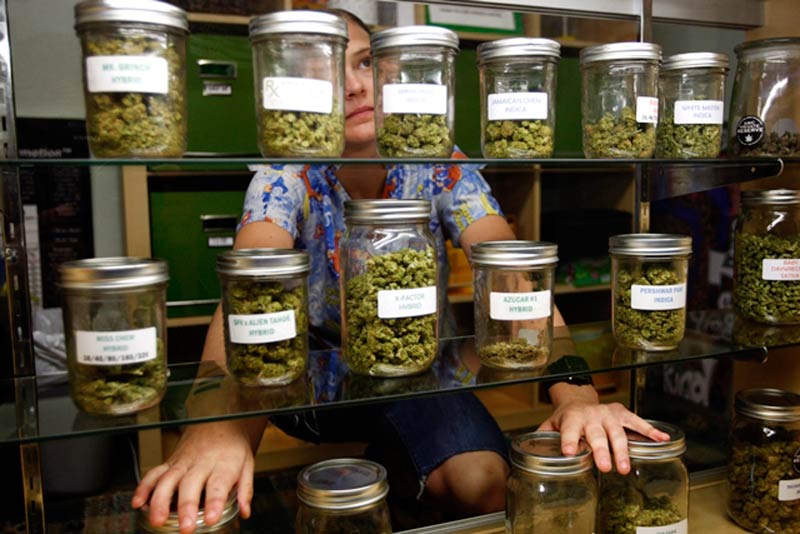
Above: a photo of a California cannabis dispensary before adult-use regulations took effect. Photo courtesy of the author
Adult-Use Provides Immediate Relief
Medical access to this amazing plant in certain states is based on a doctor’s First Amendment right to freely speak with patients and recommend — not “prescribe” — cannabis. What if the DEA drops cannabis from Schedule I? Schedule II would require a doctor-issued prescription in triplicate: a file copy, one for a licensed pharmacy to dispense it, and one to the DEA. Schedule III requires both a doctor’s prescription and a pharmacy to acquire a substance.
Bureaucrats overregulate both the medical and adult-use cannabis markets, but most people agree that medicine for people with compromised health requires stricter oversight, as well as higher purity and potency standards. That means more strenuous testing, more rigorous quality controls, more labeling requirements, and tighter reins on access.
The DEA, FDA, and NIDA demand even more — double-blind, peer-reviewed studies involving large numbers of patients. Who will fund these? And who has the time? Stage-four cancer patients don't want a placebo nor should they be made to wait years for research to be completed in order to receive medicine.
In other words, whole-plant cannabis and the FDA are like oil and water: A botanical bouquet with hundreds of organic compounds and a cannabinoid “entourage effect” that meshes with our personal internal endocannabinoid system (ECS) simply doesn’t fit into the federal regimen.
How are doctors with no cannabis training supposed to know if cannabis really helps their patients when the only way for adults to access it is via a doctor’s approval? Some patients may need to visit several doctors to win approval. The incentive to exaggerate symptoms and benefits also clouds the data.
Three immediate benefits of legalizing adult-use cannabis for patients are its embrace of whole-plant cannabis; the rejection of its former stigmatization in a medical, cultural, and economic context; and the ease of access to fulfill whatever needs a patient or consumer might have.
Furthermore, as more retail stores open, there will be increased access in terms of quantity, potency, and variety of cannabis products — and adults can find out for themselves if the plant and its myriad delivery systems actually help their ailments. Adult-use legalization saves people the time and costs of getting appointments, approvals, and annual renewals from our messy health care system.
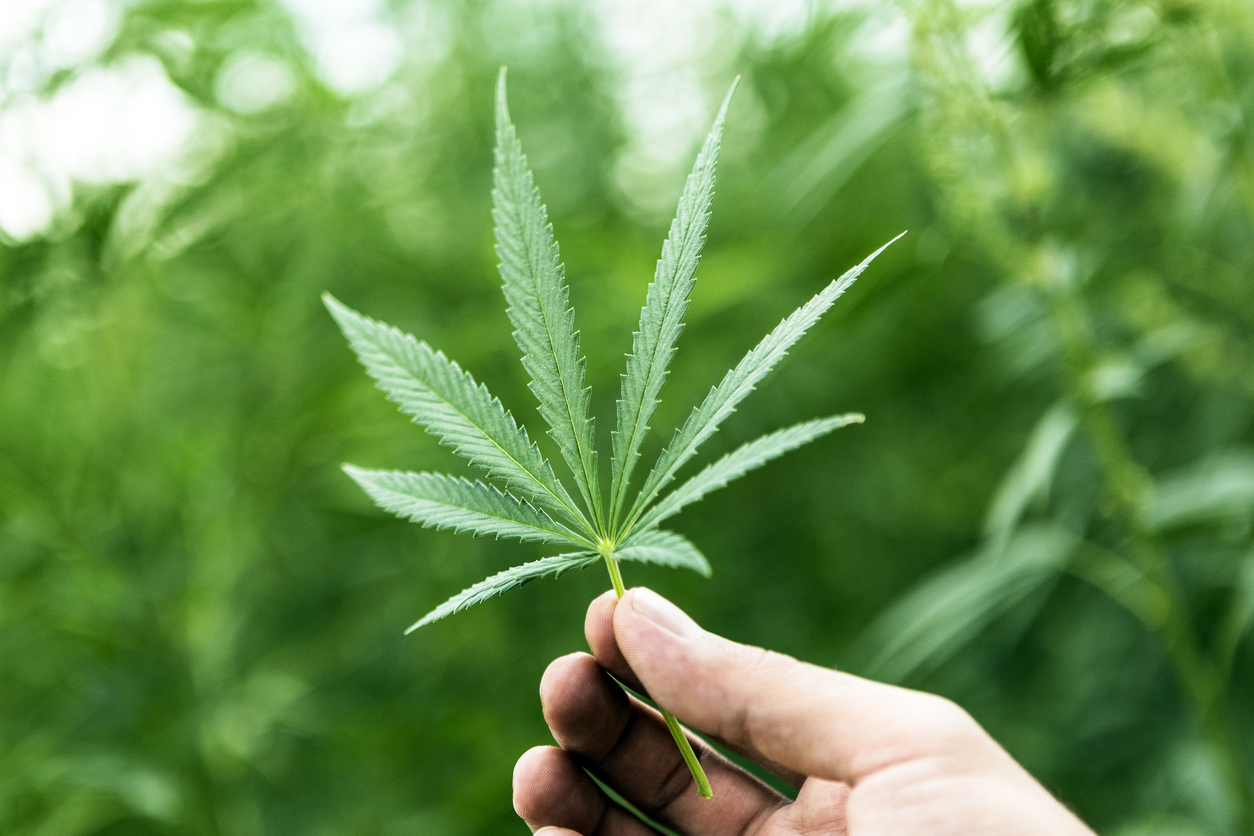
Patients Benefit From Full-Spectrum Cannabis
I never subscribed to the view that all cannabis use is medical. Some is — but a lot is for enjoyment or sacrament. Moreover, the medical-only card could be a trap for the reform movement; one that could easily backfire on patients.
After all, cannabis is a plant that people grow for fun and profit in their garages and backyards. Research and invention by various creative minds have concocted cannabis edibles, concentrates, rosin, isolates, tinctures, topicals, etc. as well as ingestion equipment from the humble rolling paper to the most elaborate glass bongs and dab rigs. We are all indebted to the mom-and-pop cottage industry — not medical researchers — for experimenting with new cultivars, growing techniques, and technologies, all while cooking up a diverse range of cannabis confections, tinctures, and topicals in their kitchens and homes.
The traditional marijuana marketplace provides a wide array of cannabis flowers (bud) with mysterious names and secretive sources. Female flowers secrete glandular trichomes with hundreds of combinations and ratios of flavonoids, aromatic terpenes, and non-psychotropic phyto-cannabinoids. This is why OG Kush rosin has one effect on consumers, whereas Blue Dream flower sparks an entirely different sensation.
Finding the right variety, form, and application of cannabis that resonates with a person’s individual endocannabinoid system is like solving an elaborate riddle.
Yet, patients easily, intuitively, and happily navigate the maze of cannabis names and products, and typically find one or more that gives them personal benefits. It’s the same selection process used to find the right cannabis for the perfect high. Without access to the adult-use market, patient’s choices and options would be drastically limited, and their needs would be consistently underserved.
.jpeg)
Mikki Norris and Chris Conrad speaking at San Francisco City Hall in 2001. Photo courtesy of the author.
Legalizers Helped Propel Medical Marijuana to Victory
Marijuana legalization was not birthed as a patient or medical movement. Beatniks and hippies argued that smoking cannabis is fun. NORML was founded in 1970 for cannabis consumers and civil rights.
In 1990, Jack Herer and I collaborated on The Emperor Wears No Clothes and co-authored a voter initiative for full legalization. Our organizers and trained petitioners educated people around the state and collected hundreds of thousands of voter signatures, trying to qualify for the ballot year after year.
Californians for Compassionate Use hosted a 1995 summit to propose an initiative immunizing only limited medical cultivation and use. Herer denounced the idea, saying it would splinter the movement, and create a privileged class of patients and providers who would turn their backs on legalization and the victims of the War on Drugs.
In other words, many leaders of the marijuana reform movement saw medical legalization only as a first step, to end persecution of sick individuals. At the same time, they recognized that “medical marijuana” was a legal trap that could undercut sympathy and support for full legalization in the long run. They never envisioned the creation of dueling markets competing for the same customer base.
Nonetheless, the hempsters put their agenda on hold to help put Proposition 215 on the ballot. It passed in 1996, and seven years later, California’s legislature authorized the SB 420 “collective defense” — which allowed medical canna-businesses to invoke their purpose and non-profit status as a defense in court, rather than requiring a state-issued license to operate legally.
Meanwhile, those who saw SB 420 as a green light opened dispensaries and were required to pay sales taxes while growers flooded the market, causing wholesale cannabis prices to crash — with everyone still subject to arrest and, possibly, imprisonment. I personally have observed the shortcomings of this approach, working on over 2,500 court cases and being twice cited by California’s Supreme Court.
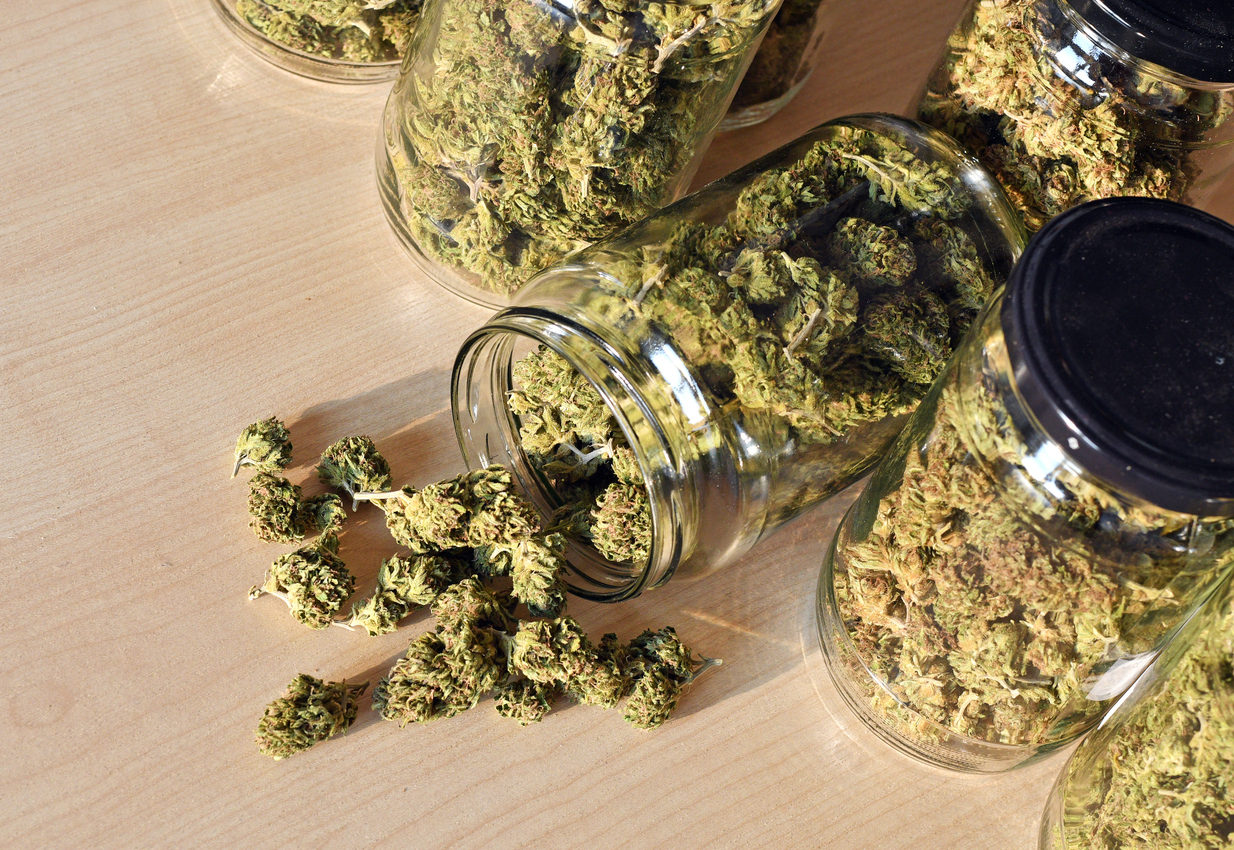
Adult-Use Legalization Assures Better Access to Cannabis
In 2015, California legislators passed MMRSA, statewide compliance regulations with local control to replace the SB 420 defense with official business licenses. Collective gardening, unlicensed patient-to-patient sales, and sharing more than an ounce reverted back into felony offenses.
Felonies are a big deal. People go to prison, lose their cars, jobs, professional credentials, bank accounts, children, and educational and housing opportunities for growing and selling a plant at grossly inflated prices. This is the dark side of the traditional prohibition-based economy.
When Proposition 64 came along in 2016, it preserved Prop. 215’s individual court defense, downgraded nine marijuana felonies to misdemeanors, and made it legal for adults 21 and older to grow and share cannabis with each other — counteracting many of the restrictions of the state’s medical program. But it also created a dual system of medical and adult supply chains with massive overhead costs.
Medical and adult-use cannabis are grown the same, processed the same, and converted into the same products, blends, and forms, just with different dosages and restrictions. Unfortunately, the high cost of taxation and regulation hits the most needy patients hardest.
A new bill on the California governor’s desk, SB 829, would facilitate compassionate medical access, meaning that people with specified licensees will be able to provide free cannabis or cannabis products to a qualified patient without paying all those taxes, as long as certain requirements are met.
Hopefully, this and other glitches will be worked out in a few years, and prices will come down, just as they have in other “legal” states. But that doesn’t help patients who need relief now — and keeping pot illegal does not help them, either. For all the reasons I’ve discussed above, legalization of adult-use cannabis is a superior means of accessing marijuana for most medical patients.
Instead, the onus lies on regulators to ensure statewide access and enable affordable compassion programs to serve low-income people; on the industry to give a hefty price break to qualified individuals to cover the taxes; and on individuals to grow or acquire cannabis and share with those in need who are squeezed out by market prices.
Adult-use cannabis may yet save medical marijuana usage as we know it — as a raw, plant-based medicine — but we all need to do our part, too.
For more on Chris Conrad and his decades of cannabis-focused work, visit www.chrisconrad.com



